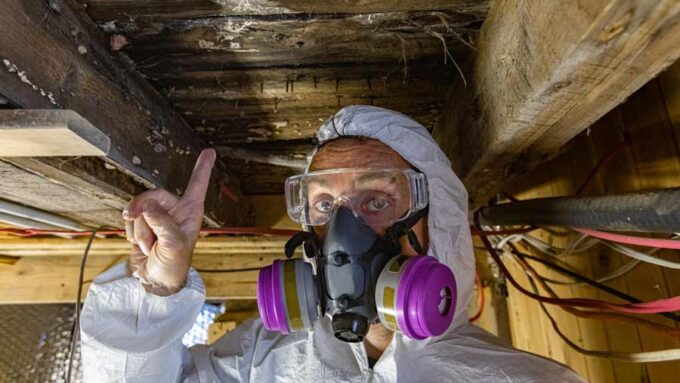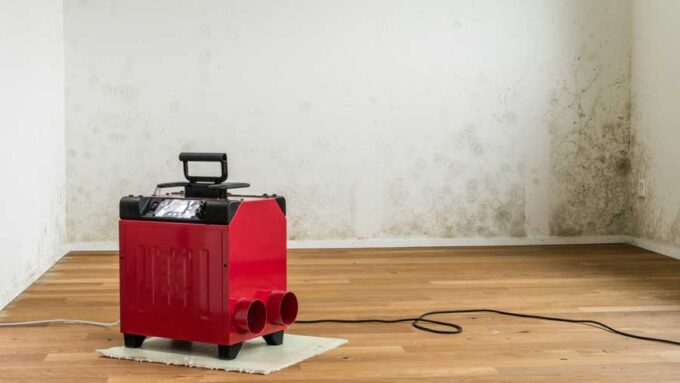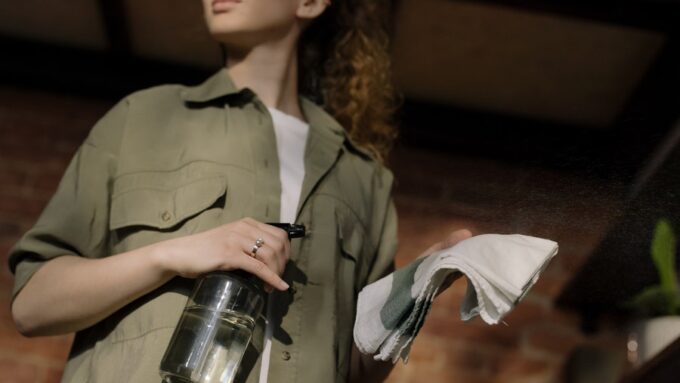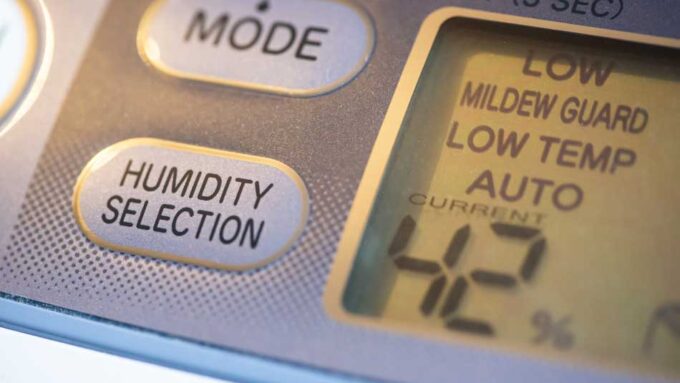Almost everyone looks forward to spring. Except maybe for those who suffer from springtime allergies and especially, mold allergies.
As temperatures heat up, so does the increase in mold. Each morning as the sun sparkles off that dewy lawn, mold forms and spreads.
Next to high pollen levels, increased mold levels can make allergy sufferers downright miserable.
Find out what you can do to fight back against springtime mold.
More Mold in Spring
Because humidity levels rise right along with the temperature, it’s the perfect breeding ground for mold spores and lots of them.
Another problem with mold spores is that they tend to become airborne. When they do, they scatter everywhere including on and inside your home. Mold spores enter your home through doors, open windows, even from your shoes and clothes.
When mold spores settle in your home, they land on surfaces such as window sills and walls. Airborne mold spores can also end up getting sucked into your vents and then are distributed throughout your living spaces via your HVAC system.
Fighting Back Against Springtime Mold Allergies
Anyone who deals with springtime allergies knows just how hard it can be to find relief.
Here are some tips to help reduce the symptoms of mold-related allergies.
- Check daily outdoor mold spore levels as reported by the National Allergy Bureau. When mold counts are high, plan to spend as much time indoors as possible.
- Mask up when spending time in the yard. Chores like gardening or mowing the lawn can disturb resting mold spores and send them airborne.
- Wash clothes and bedding to remove mold spores.
- Take allergy medication for relief especially when spending more time outdoors.
Reducing Mold in Your Home
- Clean hard surfaces in the bathroom and kitchen with vinegar to stop the spread of mold.
- Using a high-efficiency HEPA filter, vacuum up dust, pollen, and mold spores often.
- Run the AC and change HVAC filters more frequently to trap as many mold spores as possible.
- Run a dehumidifier to reduce humidity throughout your home, especially in damp spaces like the basement.
- Fix any leaky pipes or cracks in the foundation where water can get inside.
- Keep the gutters clean as the wet debris inside is a perfect place for mold to grow.
Conclusion
Springtime mold allergies are nothing to sneeze at. Consider using one or more of our tips to provide some relief for your allergy symptoms.
For professional help to locate and get rid of the mold in and around your home, contact the mold remediation experts at RCS in Santa Rosa.






